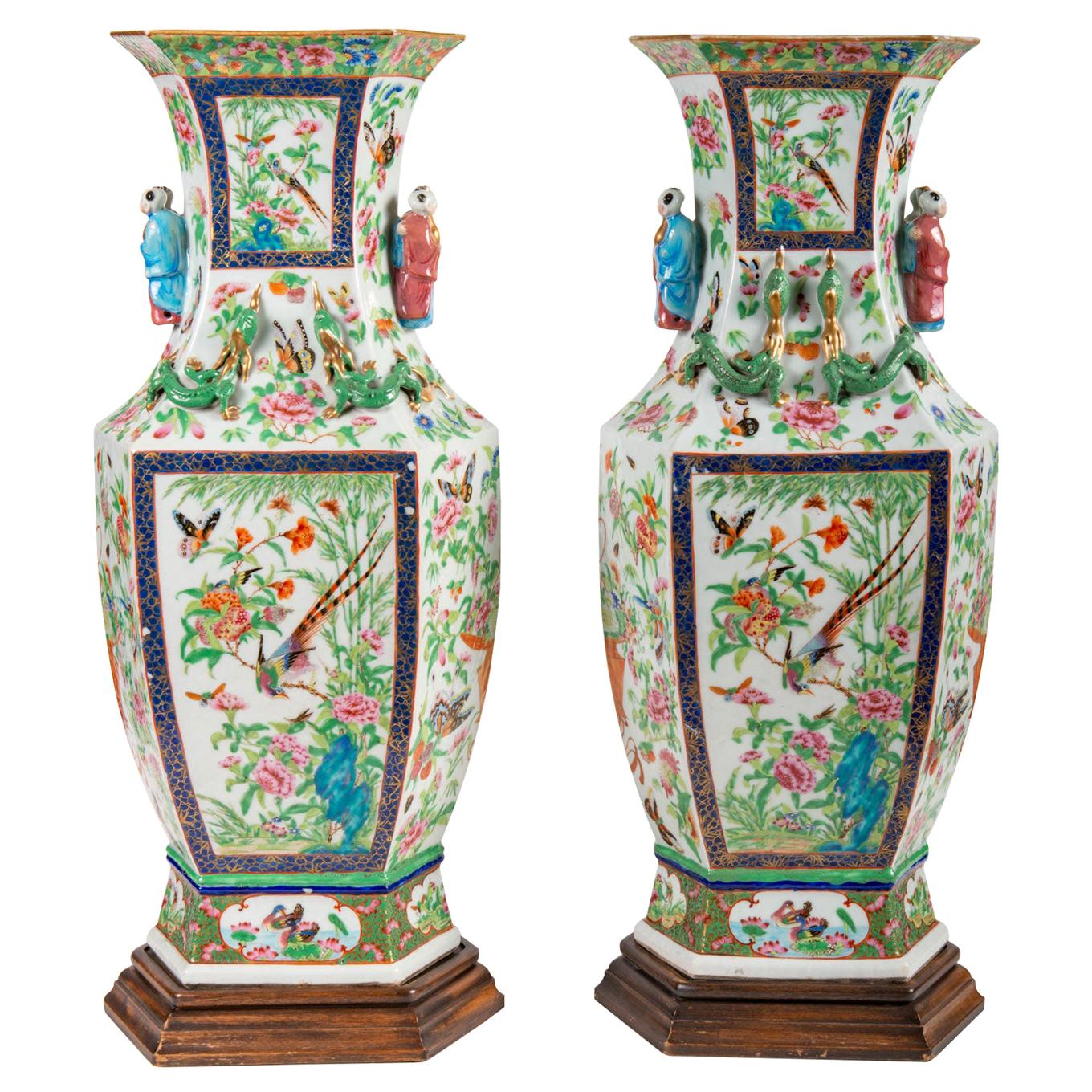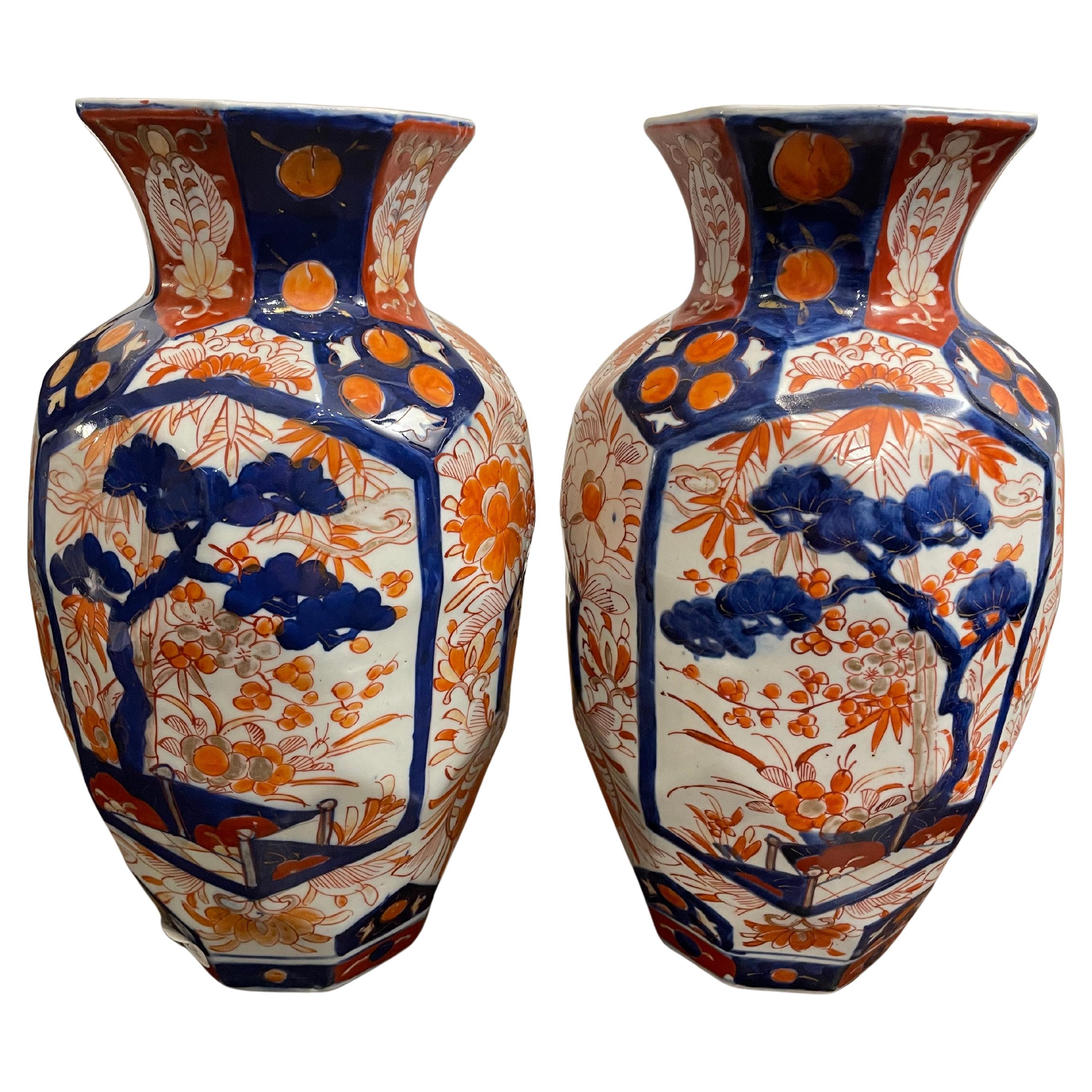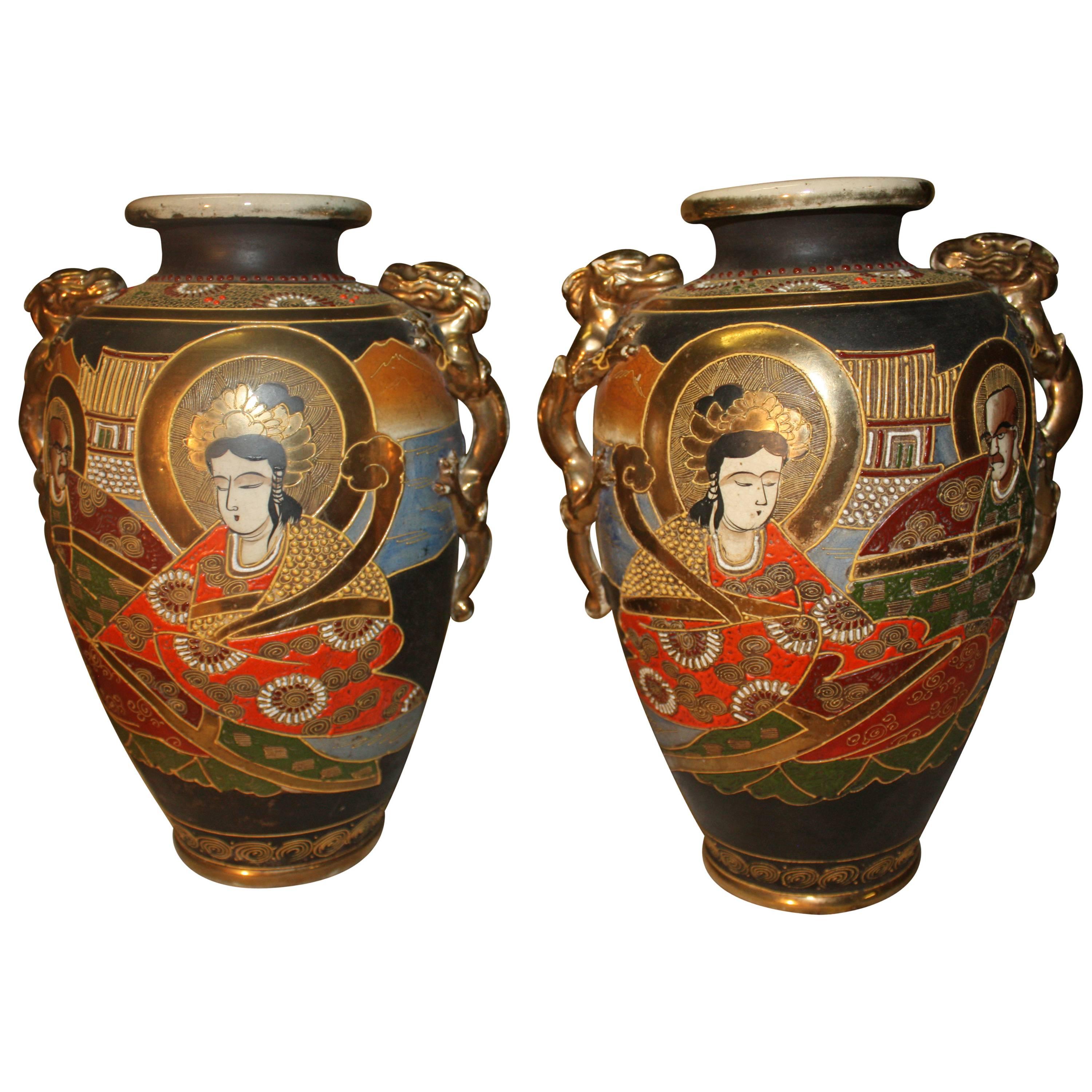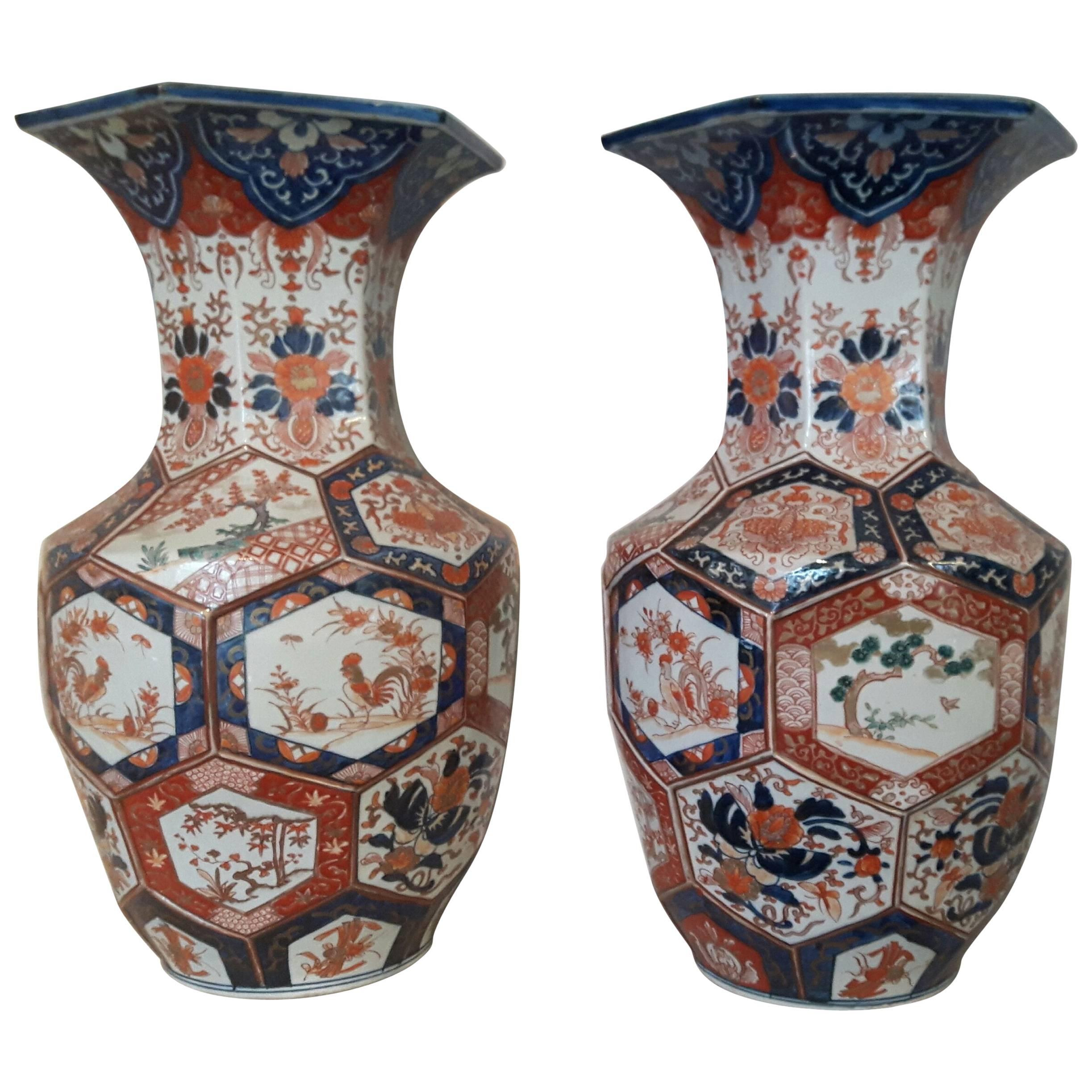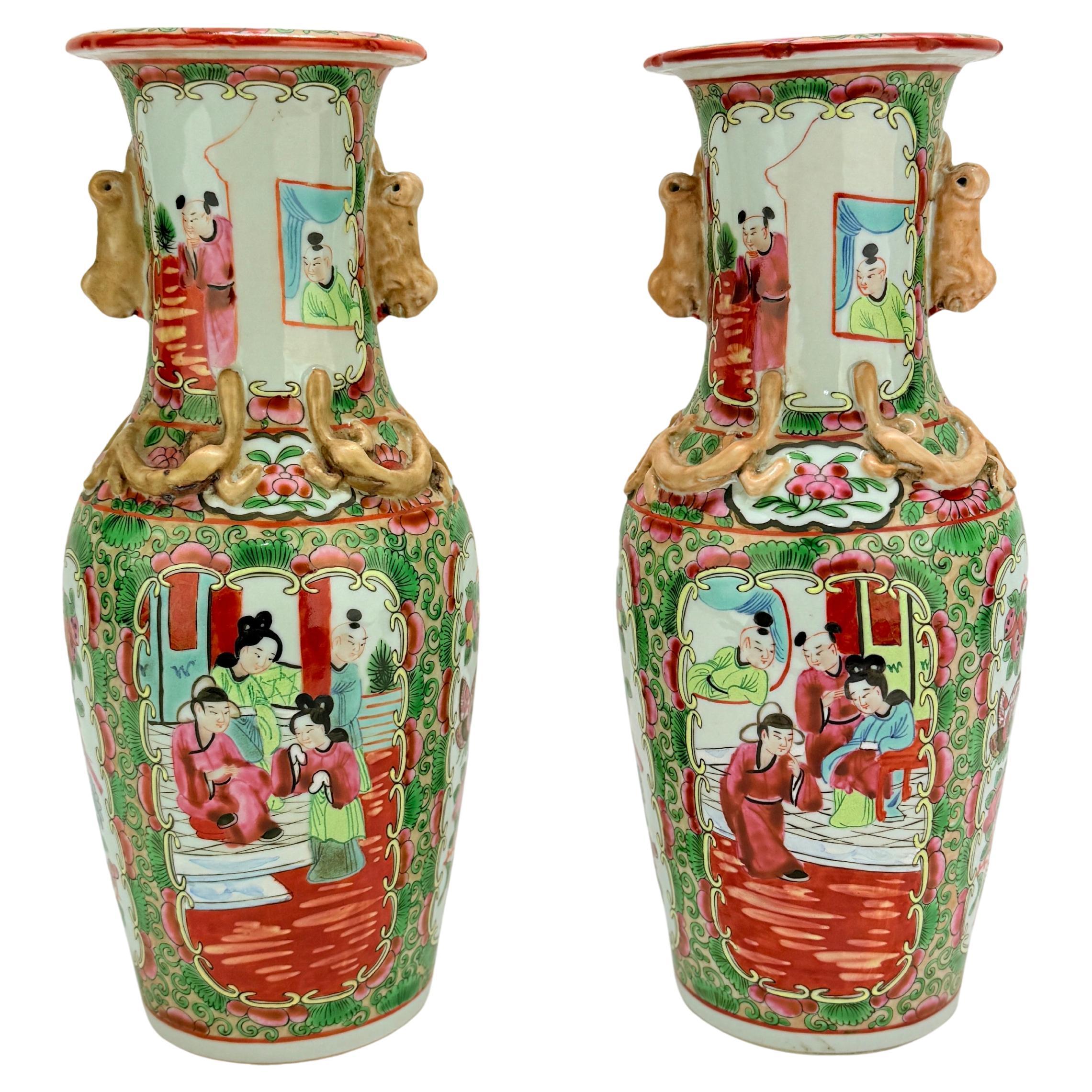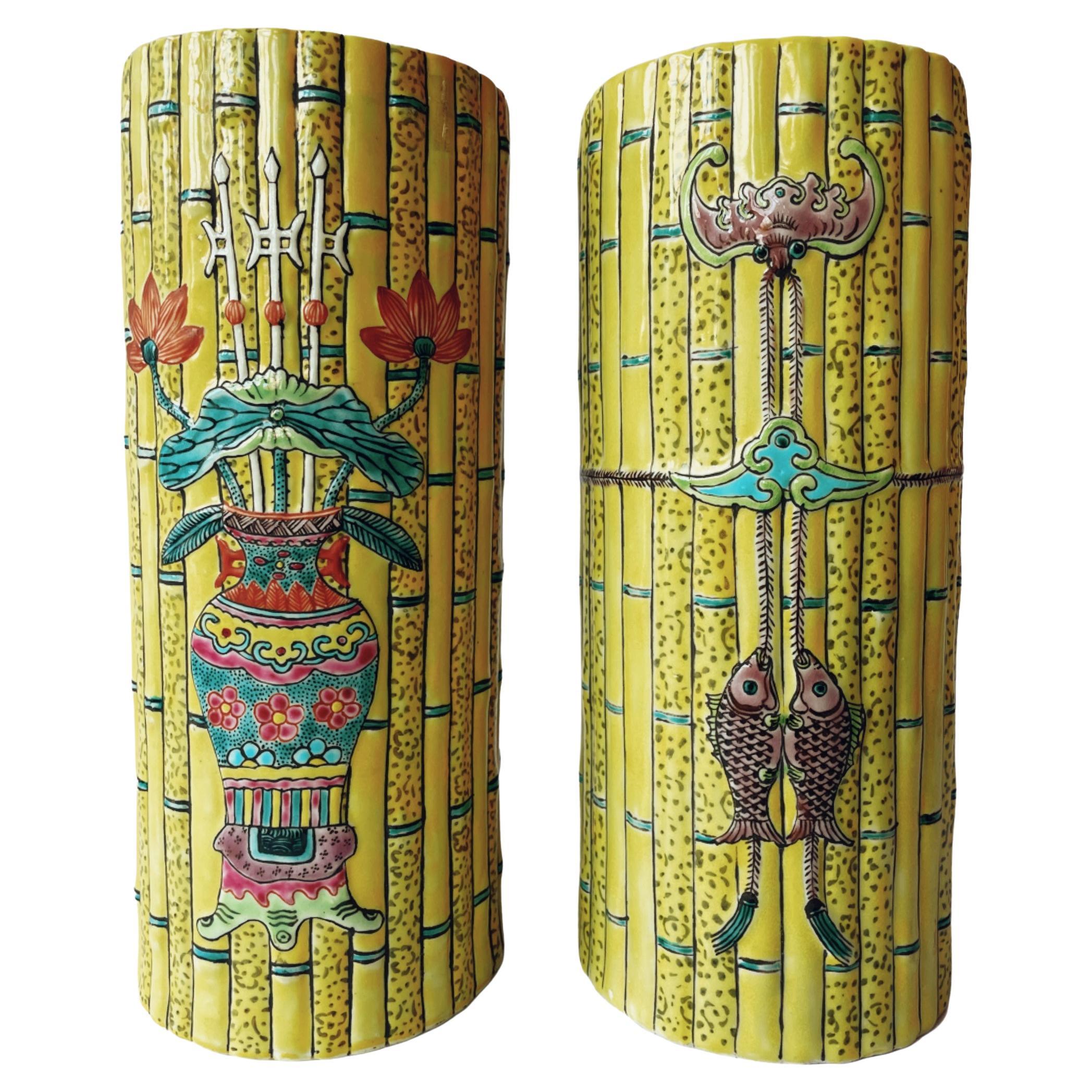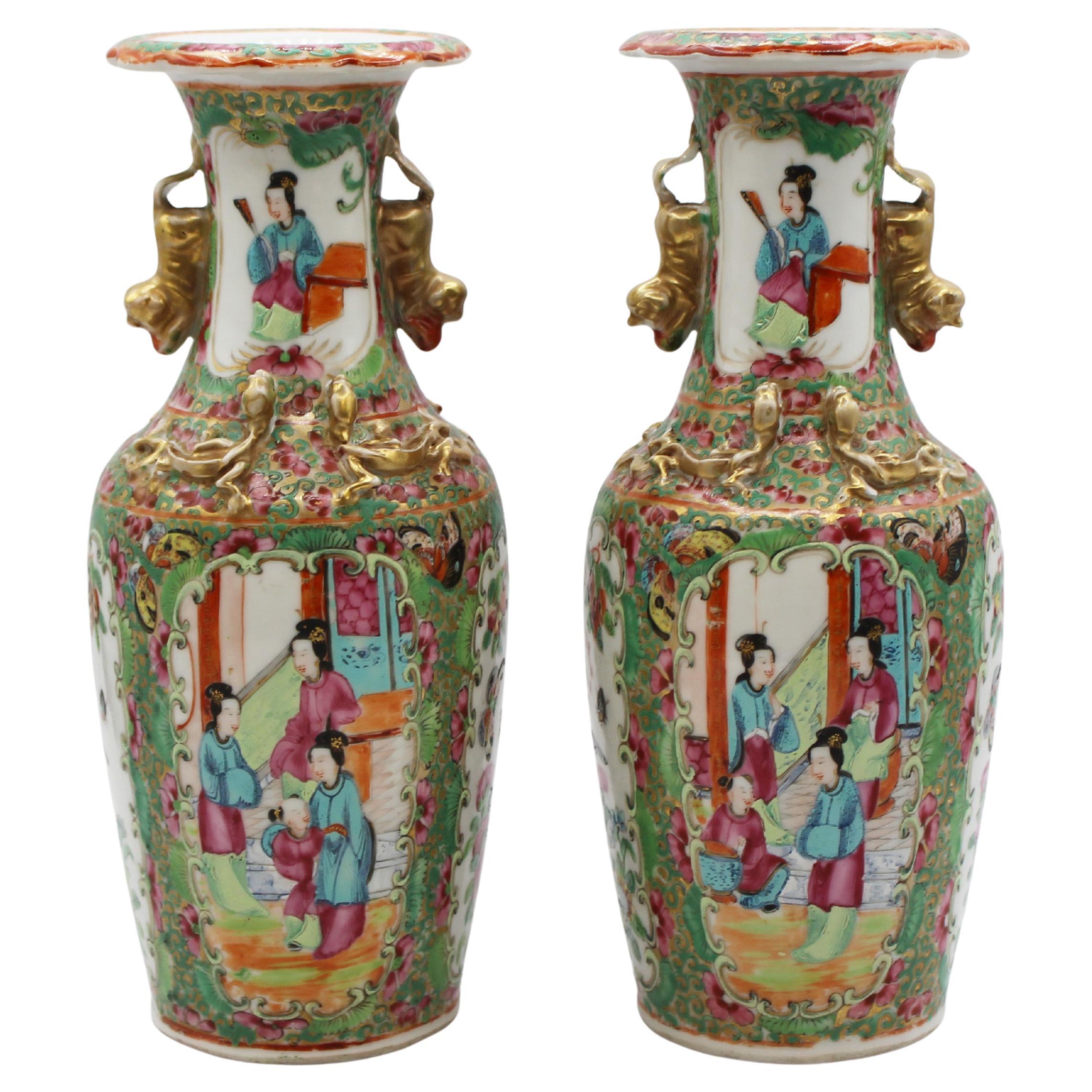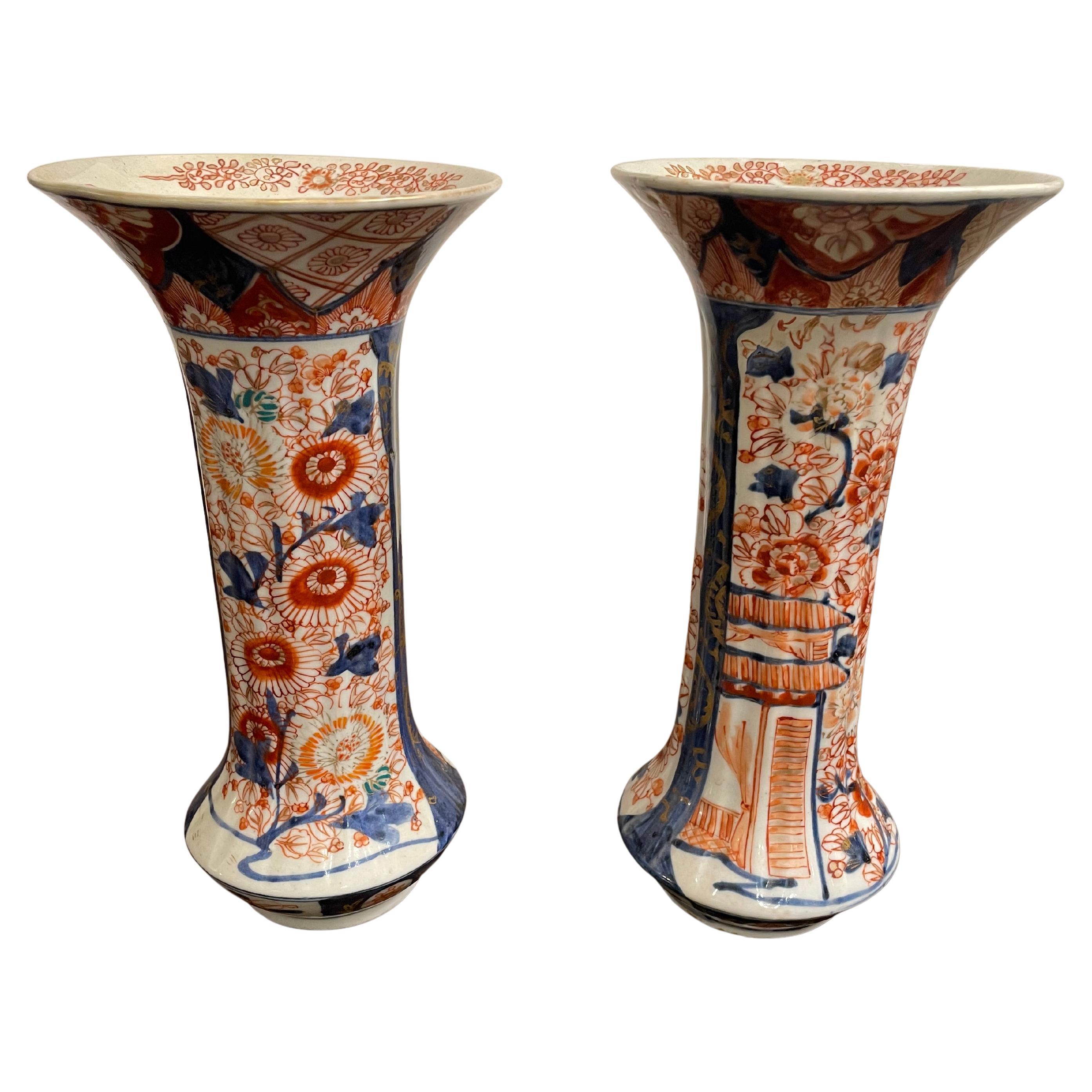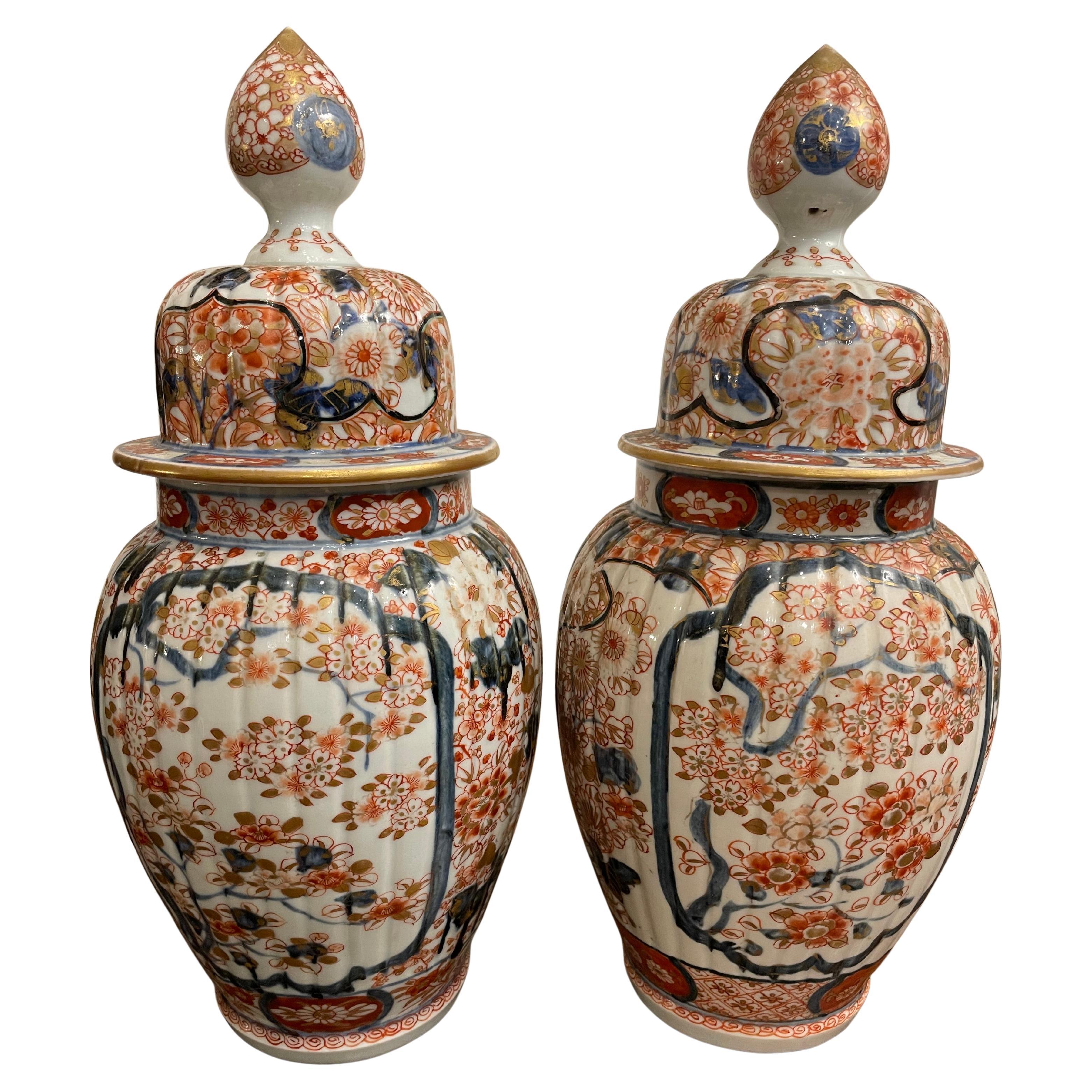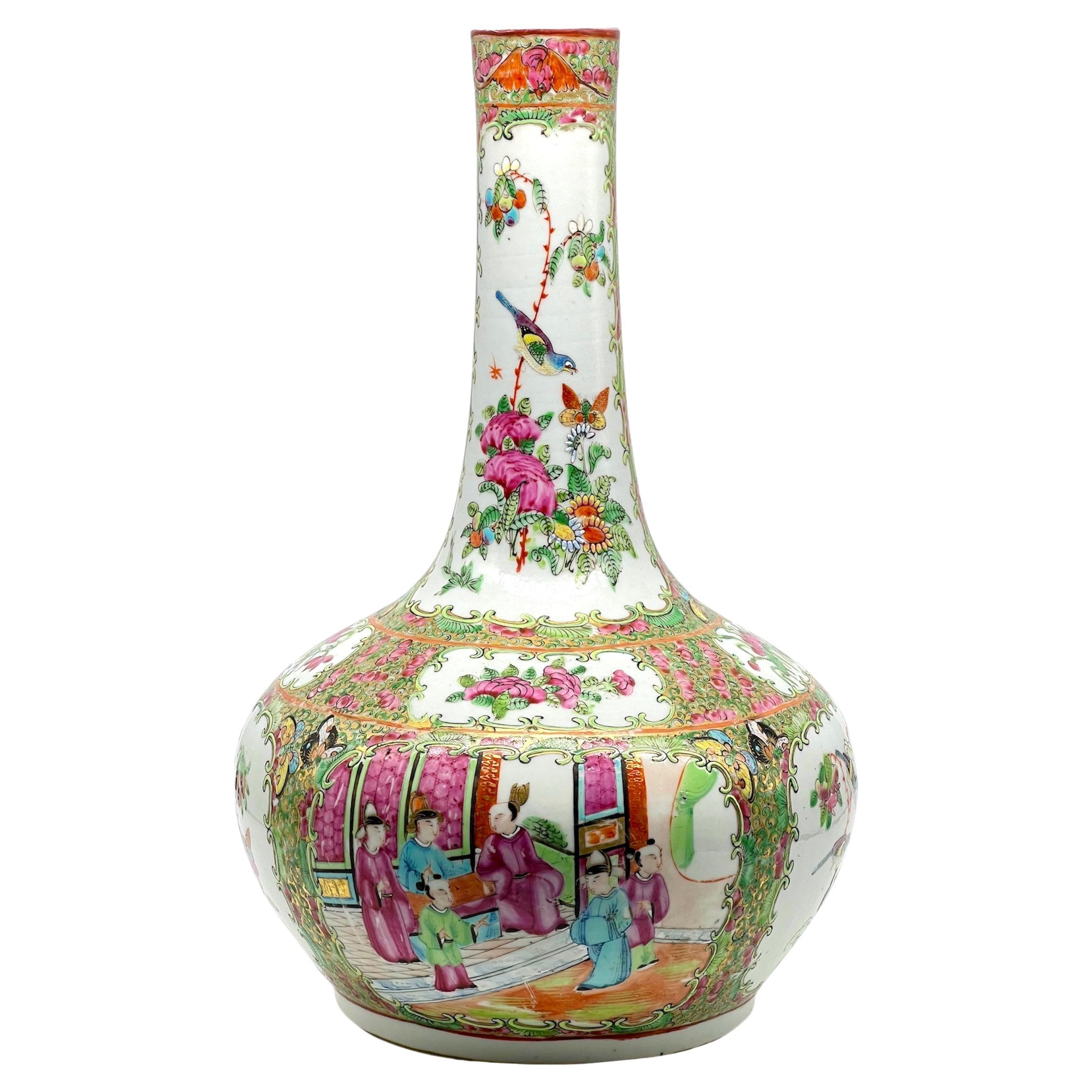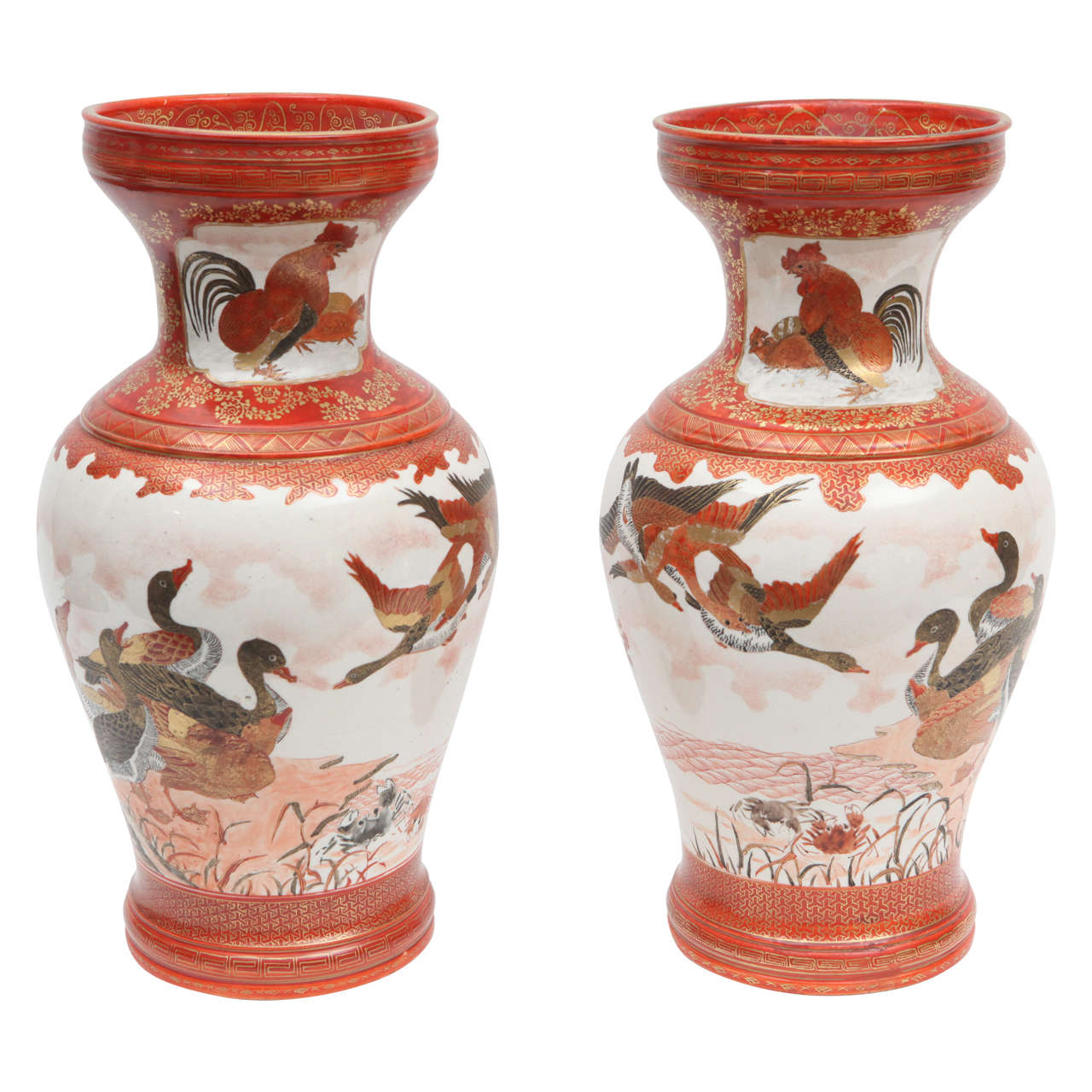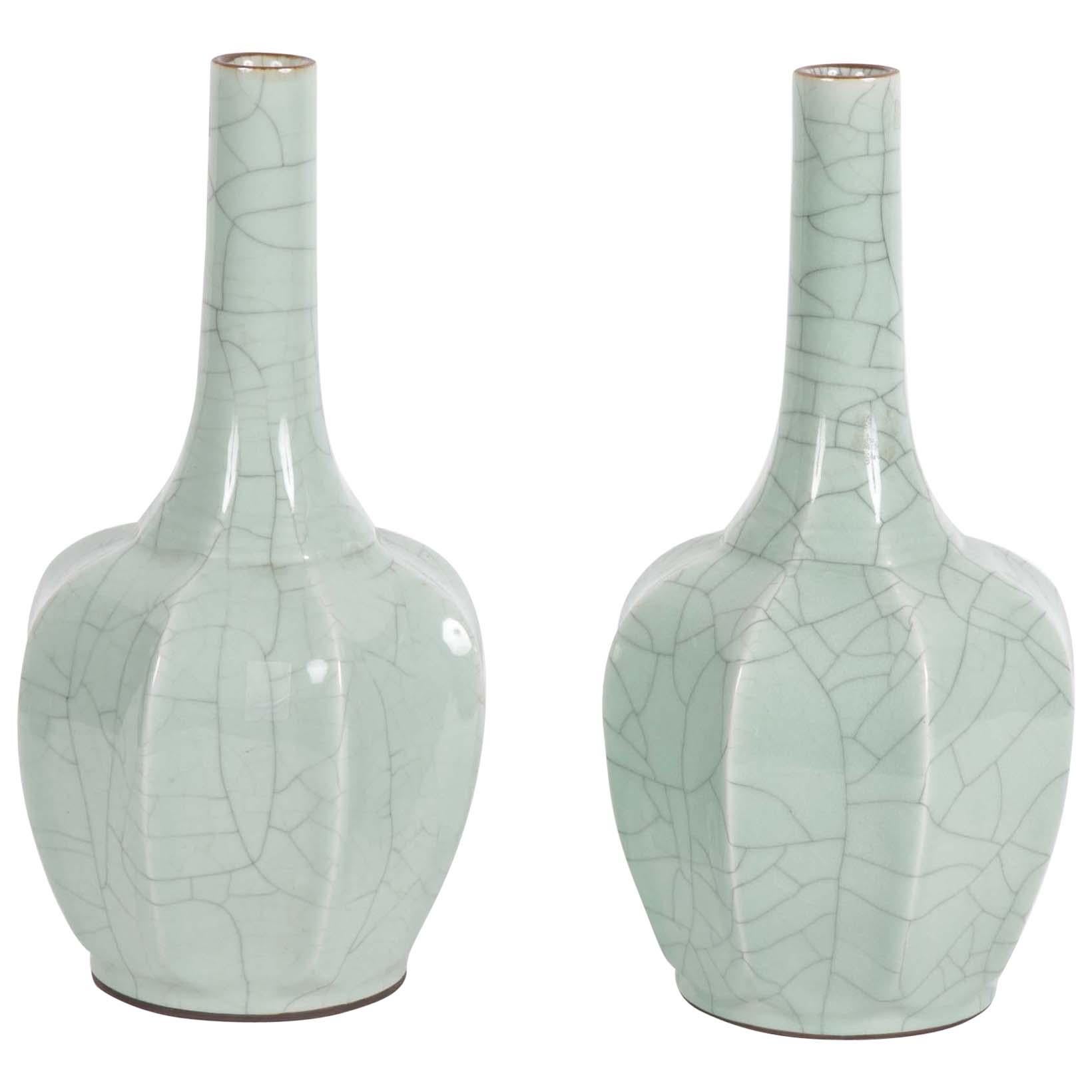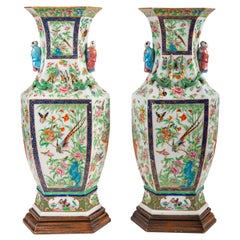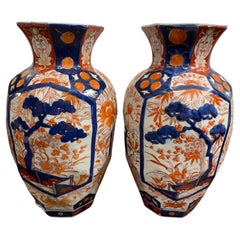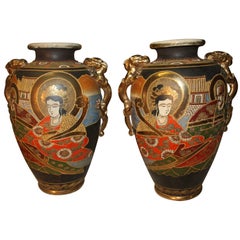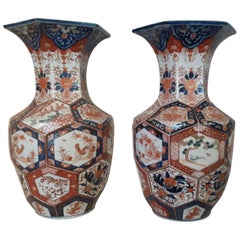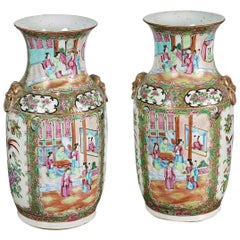
Pair of 19th Century Cantonese Vases
View Similar Items
1 of 6
Pair of 19th Century Cantonese Vases
$4,482.87List Price
About the Item
- Dimensions:Height: 14 in (35.56 cm)Width: 7.5 in (19.05 cm)Depth: 7.5 in (19.05 cm)
- Style:Chinese Export (Of the Period)
- Materials and Techniques:
- Place of Origin:
- Period:
- Date of Manufacture:1880
- Condition:Wear consistent with age and use.
- Seller Location:Uckfield, GB
- Reference Number:Seller: M05191stDibs: LU4383116265881
Authenticity Guarantee
In the unlikely event there’s an issue with an item’s authenticity, contact us within 1 year for a full refund. DetailsMoney-Back Guarantee
If your item is not as described, is damaged in transit, or does not arrive, contact us within 7 days for a full refund. Details24-Hour Cancellation
You have a 24-hour grace period in which to reconsider your purchase, with no questions asked.Vetted Professional Sellers
Our world-class sellers must adhere to strict standards for service and quality, maintaining the integrity of our listings.Price-Match Guarantee
If you find that a seller listed the same item for a lower price elsewhere, we’ll match it.Trusted Global Delivery
Our best-in-class carrier network provides specialized shipping options worldwide, including custom delivery.You May Also Like
Pair of 19th Century Chinese Cantonese / Rose Medallion Vases
Located in Brighton, Sussex
A very good quality pair of mid-19th century Chinese Canton / Rose medallion vases on stands. Each with a white ground, green foliate decoration with exotic bids, flowers and butterflies. Inset panted panels, handles either side of two men carrying...
Category
Antique Mid-19th Century Chinese Chinese Export Ceramics
Materials
Porcelain
A Pair of Imari Vases, 19th Century
Located in ARMADALE, VIC
A Pair of Imari Vases, 19th Century
Provenance:
Private Australian Collection.
Description:
Each with an octagonal everted rim alternating between cobalt bands centred by two plu...
Category
Antique 19th Century Japanese Ceramics
Materials
Porcelain
Pair of 19th Century "Satsuma" Vases
Located in Stockbridge, GA
Pair of 19th century Satsuma vases, Japan 19th century.
Category
Antique Late 19th Century Japanese Ceramics
Materials
Ceramic
$3,100 / set
Pair of 19th Century Imari Vases
By Japanese Studio
Located in London, GB
A fine pair of Meigi period with painted panels of birds and flowers on a pentagon background.
...
Category
Antique 1890s Japanese Meiji Ceramics
Materials
Porcelain
$3,448 / item
Pair of Chinese Export Famille Rose Vases, Late 19th Century
Located in Atlanta, GA
This richly decorated pair of porcelain vases exemplifies the ornate style of Chinese export wares from the late Qing dynasty, likely produced in the final quarter of the 19th centur...
Category
Antique 19th Century Chinese Chinese Export Ceramics
Materials
Porcelain
Pair of 19th Century Qing Dynasty Faux Bamboo Chinese Vases
Located in Ixelles, BE
Faux bamboo Chinese vases were a type of decorative art that emerged during the Qing Dynasty (1644-1912) in China. These porcelain vases were designed to mimic the appearance of bamboo, a plant highly regarded in Chinese culture for its resilience, elegance, and symbolism. Bamboo is associated with attributes such as flexibility, strength, and modesty, making it a popular motif in Chinese art.
In the Qing Dynasty the color yellow held significant symbolism and represented imperial authority, power, and the emperor himself. Yellow was considered the most sacred and prestigious color in Chinese culture, and it had strong associations with the emperor's position as the Son of Heaven and the ruler of all under heaven.
The marks at the bottom of the vases indicate that these were crafted more specifically during the Tongzhi period – an emperor who reigned from 1861 to 1875, which effectively lasted nthrough his adolescence and was largly overshadowed by the rule of his mother, Empress Dowager Cixi. Although he had little influence over state affairs, the events of his reign gave rise to what historians call the “Tongzhi Restoration”, an unsuccessful modernization program.
The polychrome enamels representing on one vase a traditional Chinese kite...
Category
Antique Late 19th Century Chinese Chinese Export Ceramics
Materials
Porcelain
$2,678 Sale Price / set
20% Off
Recently Viewed
View AllMore Ways To Browse
Chinese Cantonese Porcelain
Chinese Rose Medallion Vase
Rose Medallion Porcelain Vases
Cantonese Vase
18th Century Japanese Art
Antique Ming Dynasty
17th Century Chinese Porcelain
Asian Vase Pair
Blue And White Chinese Export Porcelain
Japanese Gold Imari
Antique Famille Rose Porcelain
Dynasty Fine China
Japan Fish
Antique Celadon
Blue And White Fine China
Antique Imperial China
Ming Dynasty Art
Canton China
